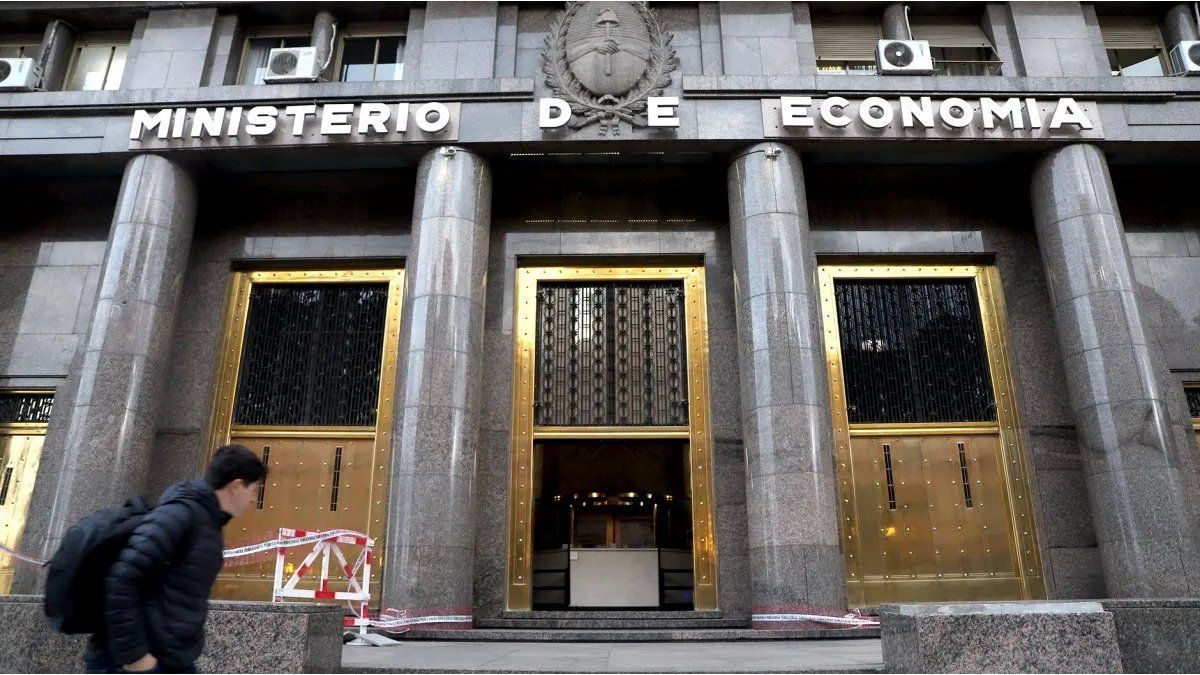The movement explains the higher deficit last month. According to a study by the consulting firm Ecolatina, in the month prior to the IMF reviews, the delay in payments grows to get closer to the fiscal goal and is settled in the following months.
The floating debt of the Central Administration reached $1.28 trillion in July, a figure that was 21% lower than the June stock. The data corresponds to the National Treasury and it explains, in part, why the fiscal deficit for that month grew 106% real year-on-year. In July, the government canceled payment orders that it had pending for $330,349 million approximately. The figure comes from comparing the floating debt stock that existed in June, which was $1.61 trillion.
The content you want to access is exclusive to subscribers.
Although the Central Administration does not represent the entire National Public Sector, the evolution of the debt that is generated in that portion of the State when the Government delays the cancellation of payment orders, allows us to observe the pattern of behavior of the economic authorities throughout the last year, playing to the limit with the goals that the IMF sets for each quarterly review. In July, the National Public Sector registered a primary deficit of $334,366 million, which almost coincides with the figure for the drop in floating debt.


As the agency’s methodology is to monitor the cash flow of the Non-Financial Public Sector (SPNF), it is not taken into account if there are expenses pending payment. Thus, In the month prior to the review, the floating debt usually rises and, once the goals are approved by the agency, it is reduced. That happened in January of this year when, faced with a month of low deficit or even surplus, the Government registered a loss of almost $204,000 million, which is explained by the cancellation of debt pending from the previous year.
The Economist Bruno Bonfatti, from the consultancy Ecolatina, states that “floating debt plays a key role in explaining the dynamics of spending.” “In recent months, the delay in payments was one of the main instruments of the Government to contain spending on a cash basis”says Bonfatti.
In a recent study, he points out that “the floating debt of the Central Public Administration (which explains most of the NFPS) showed a 21% monthly cut in July and returned to levels similar to the April-May two-month period (9.5% of Primary Expenditure in the last 12 months) after having shown a 56% monthly jump in June”. According to official data, in May, payment arrears reached $1 billion, Therefore, between that month and the next, about $610,000 was stopped.
After the last IMF review, the floating debt stock was stabilized at approximately $1 trillion, which is the level that occurred in the two-month period of April and May, of 9.5% of total NFPS spending. Bonfatti specified to Ámbito that in December 2022 it was 12%, in January it fell to 8%, in February it fell to 7% and in March it went up again to 13%. In June it was 12.7%.
What was left owing the Government in July? There were $81.600 million in salaries and personnel expenses, goods and services for $55.100 million, fixed assets for $37.700 million, transfers for $660.100 million, financial investment for $27,200 million, acquisition of securities for $5,256 million, figurative expenses for $366,000 million and figurative expenses for financial applications for $47,000 million.
A month ago, the Argentine Chamber of Commerce (CAC) complained about the delay in payments to state suppliers through a note addressed to the Chief of Staff, Agustín Rossi. There the official is warned that there are pending invoices from two years ago.
Source: Ambito




